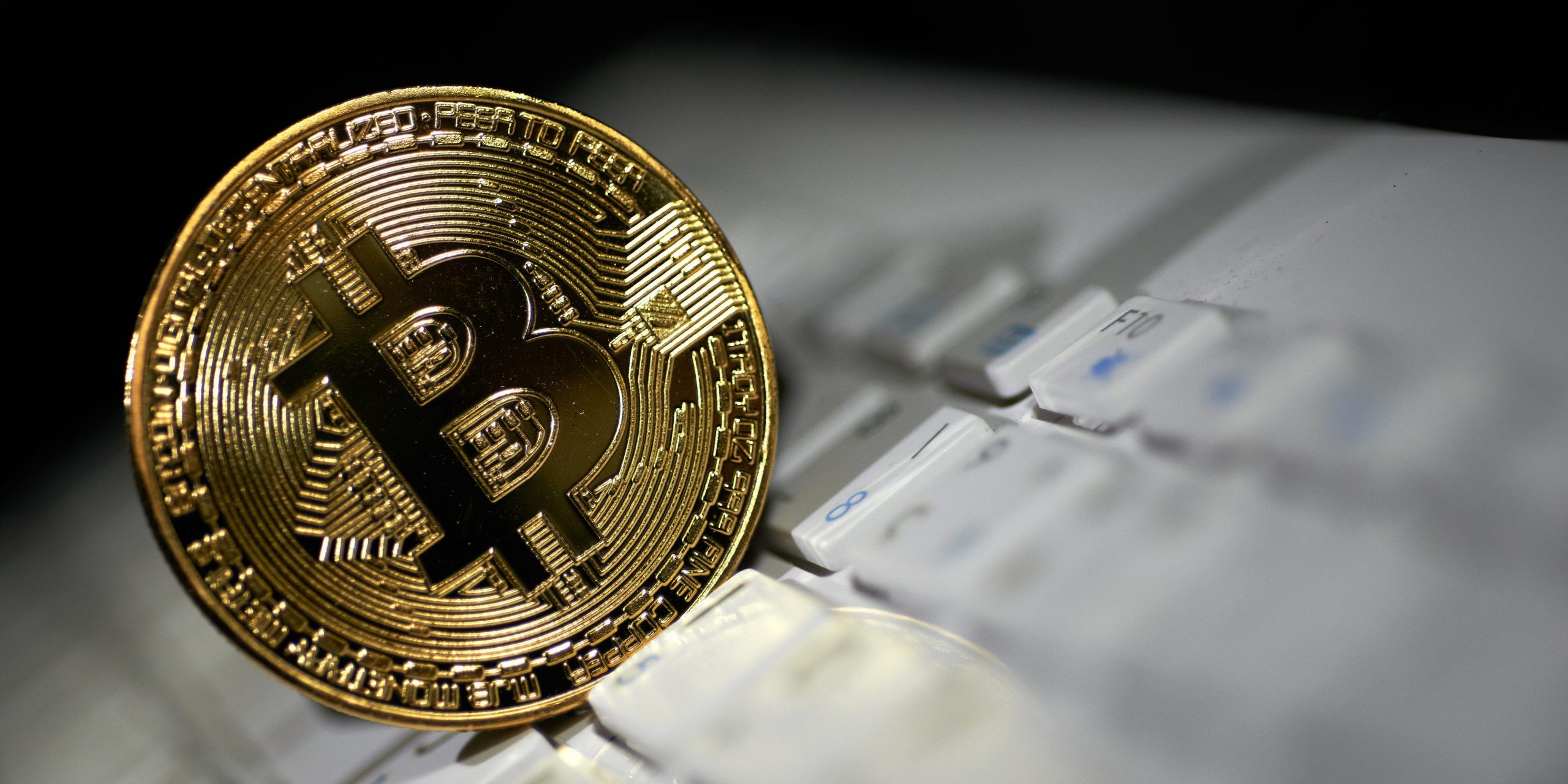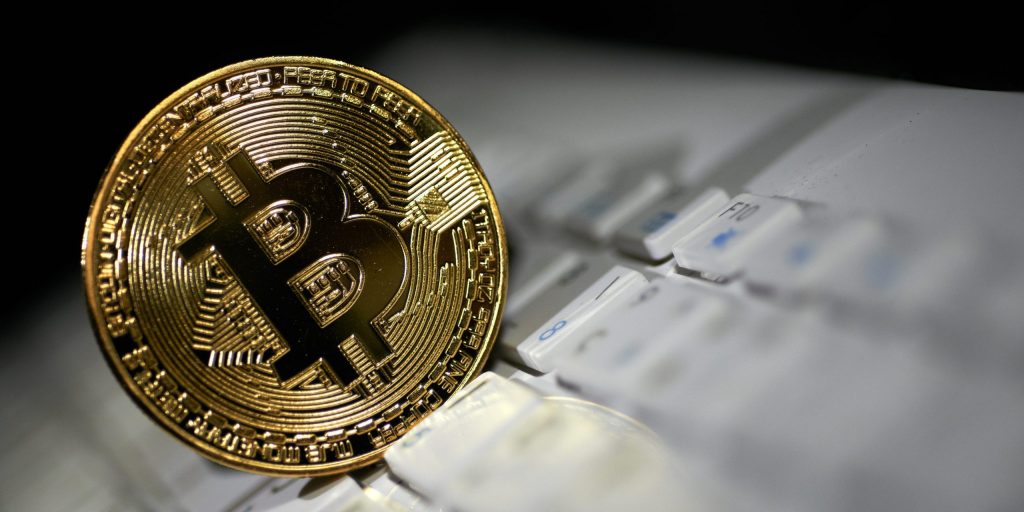
- A group of MIT college grads could be sitting on 13,000% bitcoin returns after participating in a 2014 project that gave away free crypto, Bloomberg first reported.
- It's unclear how many students are still holding on to their bitcoin, however.
- Insider followed up with Mary Spanjers, a 24-year old who was profiled by Bloomberg and hasn't sold the $100 of bitcoin she first received in 2014.
- Sign up here for our daily newsletter, 10 Things Before the Opening Bell.
As a college student, Mary Spanjers was always willing to participate in academic experiments on campus. She enjoyed getting a firsthand look at research, and the compensation in the form of cash or food was often an extra incentive to get involved.
Years later, a free giveaway from one experiment is still paying off: one-third of a bitcoin.
In 2014, the MIT Bitcoin Project allowed every undergraduate on campus to claim fractional ownership of a bitcoin, for free. Spanjers, who was first profiled in a Bloomberg article about the experiment, applied for the study along with about 3,100 other students.
Each student had to fill out a questionnaire and go over an educational handout, then they set up a digital wallet with $100 worth of bitcoin, according to Bloomberg.
One-third of a bitcoin is now about $13,000, meaning anyone who held on to the cryptocurrency has seen a roughly 13,000% return.
It's unclear how many participants still own the bitcoin. One in ten cashed out in the first two weeks, and one in four had sold by the time the experiment ended in mid-2017, Christian Catalini, an MIT associate professor who oversaw the study, told Bloomberg.
Many students sold the bitcoin to pay for items like food, not wanting $100 to sit idly.
"It dropped down from $100 to $50 pretty soon after the study started, and a lot of people freaked out and got pizza," Spanjers told Insider.
The 24-year old MIT graduate and now software engineer knew very little about bitcoin when she first participated in the experiment.
She didn't check her holdings that often, but she did need to move the bitcoin a few times into new wallets as previous ones stopped accepting the cryptocurrency or shut down. She now said it's incredible that she sometimes questioned whether it was worth it to go through the effort to change the wallet.
The MIT experiment was created by Dan Elitzer, then an MBA student who had just founded the school's Bitcoin Club, and Jeremy Rubin, an undergrad computer science major. The students sought to "to take a glimpse into the future and see what's possible with this technology," Elitzer told Bloomberg.
Elitzer now runs crypto investment firm Nascent, while Rubin is the CEO of Judica Inc, a bitcoin research and deployment organization. Professor Catalini co-created Facebook's cryptocurrency Diem, formerly Libra.
Spanjers told Insider she has no plan to sell her bitcoin anytime soon. Instead, she's curious to see how far the investment could go, and if the cryptocurrency will ever be used as a form of payment.
"It's a little like when you go to the casino and they give you the $20 of free play," she told Insider. "It's just like, 'no problem, I'll take that $20 of free play and just keep playing with it.''
If her one-third bitcoin ever grew to more than the price of MIT tuition, then she'd consider selling.
"That would be like, 'okay, MIT paid for itself now,"" Spanjers said.

